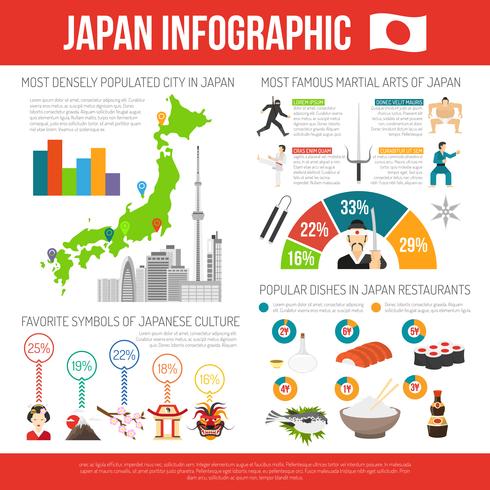The Growth And Development Of Martial Arts: Looking Up Its Roots From Ancient Times To Contemporary Practices
The Growth And Development Of Martial Arts: Looking Up Its Roots From Ancient Times To Contemporary Practices
Blog Article
Authored By-Carver Whitaker
Step into the world of martial arts, where old origins and contemporary strategies clash in a thrilling trip of discipline and self-discovery.
As you explore the background and advancement of this exciting art kind, prepare to be captivated by the social impacts, technological advancements, and extensive philosophy that have formed it over centuries.
From the battlegrounds of ancient worlds to the training premises of today, martial arts have stood the test of time, constantly adjusting and growing.
Each strike, each motion, lugs with it the weight of plenty of years of tradition and knowledge, gave with generations. This is a tale of resilience, of warriors who sought not only physical expertise, yet additionally inner strength and harmony.
Join us on this impressive expedition as we discover the tricks, the tales, and the transformational power of martial arts.
Get ready to be influenced, challenged, and for life altered by the history and development of martial arts.
Cultural Influences on Martial Arts
As you check out the background and advancement of martial arts, you'll swiftly uncover the remarkable ways in which cultural influences have formed these battle techniques.
From the old worlds of China and India to the more current developments in Japan and Brazil, martial arts have been greatly affected by the cultures in which they came from.
For instance, Chinese martial arts, such as Martial Art and Tai Chi, are deeply rooted in the approach of Taoism and the concept of Yin and Yang.
In contrast, Japanese martial arts, like Karate and Judo, reflect the samurai warrior practices and the values of self-control and honor.
In a similar way, Brazilian fighting style, Capoeira, combines elements of African dancing and songs, showing the social heritage of African slaves in Brazil.
These cultural influences not only give each martial art its unique characteristics yet likewise supply a much deeper understanding of the historic and social contexts in which they developed.
Technological Innovations and Martial Arts
With the surge of innovative weapons and cutting-edge training devices, you've been able to boost your skills and adjust to the ever-changing combat landscape.
Technological improvements have actually changed the way martial arts are exercised and instructed. Virtual reality simulations now enable you to learn practical fight situations without the risk of physical damage. High-speed electronic cameras record every relocation, allowing you to examine and best your techniques. Wearable tools monitor your heart rate, breathing, and muscle mass activation, giving instantaneous feedback on your performance.
Furthermore, how often should i practice martial arts of specific tools, such as resistance bands and agility ladders, has actually enabled you to enhance your speed, strength, and dexterity. These technological innovations have not only made training a lot more effective yet have likewise pressed the limits of what is possible in martial arts, permitting you to reach new elevations in your technique.
The Philosophy and Principles of Martial Arts
The viewpoint and concepts of martial arts are deeply rooted in shaping your state of mind and instilling technique, emphasis, and regard in your technique.
1. Frame of mind: Martial Arts shows you to establish a solid and resistant attitude. It enables you to overcome challenges both on and off the floor covering, pressing your limits and being determined in the face of difficulty.
2. https://martialartsinstructorslam76420.izrablog.com/30400024/the-duty-of-martial-arts-in-fostering-regard-and-empathy-among-children -control: Martial Arts demands self-control and self-discipline. With regular training and adherence to strict rules and strategies, you discover to manage your impulses and create a strong work principles.
3. Emphasis: Martial Arts needs intense emphasis and concentration. By educating your mind to be present in the moment, you enhance your capability to react promptly and properly during fight scenarios.
4. Respect: Martial Arts highlights respect for oneself, instructors, educating companions, and challengers. It shows you to value the abilities and experiences of others, cultivating a sense of friendship and gamesmanship.
Final thought
Congratulations on completing your journey through the exciting world of martial arts! Throughout this exploration, you have observed the abundant background and exceptional advancement of these combat practices.
From their ancient beginnings to the modern-day techniques we see today, martial arts have been shaped by cultural influences.
The combination of technology has also played a substantial role in revolutionizing the means martial arts are taught and practiced in the present day.
Nonetheless, it is very important to bear in mind that martial arts are greater than just physical combat. They encompass profound ideologies and guiding concepts that surpass the plain act of fighting.
Take a moment to reflect on this obsolete experience and value how the heritage of martial arts continues to grow in the here and now, transcending time and limits.
